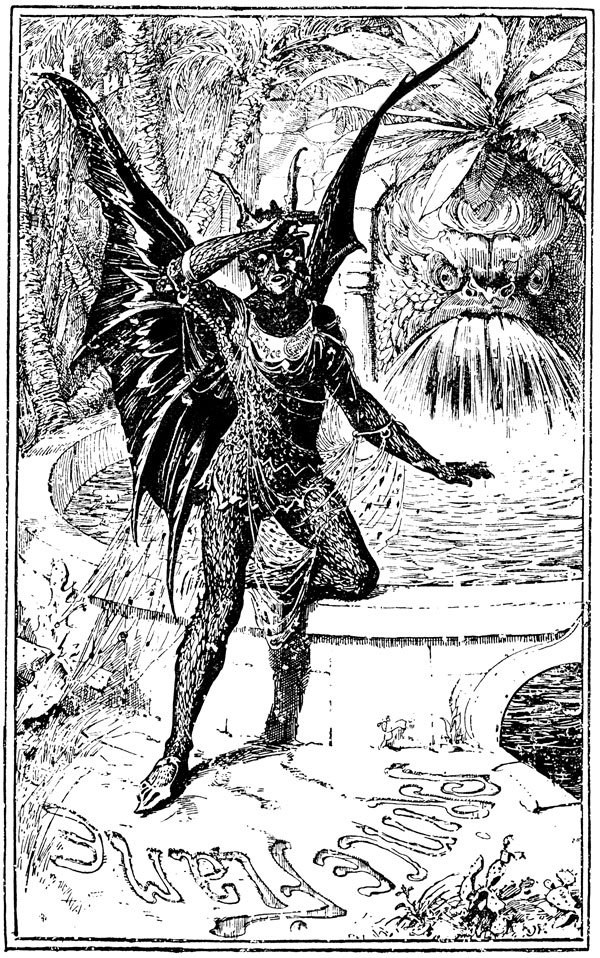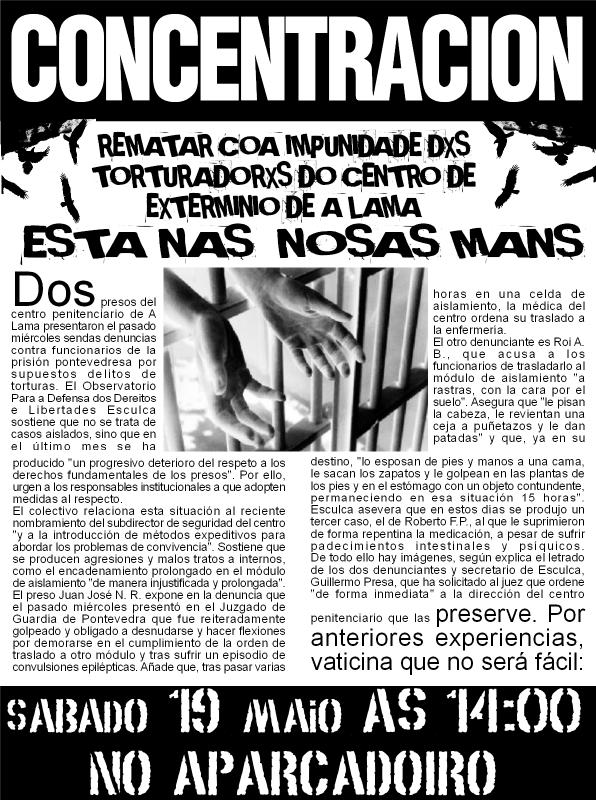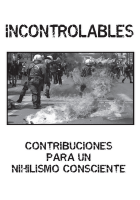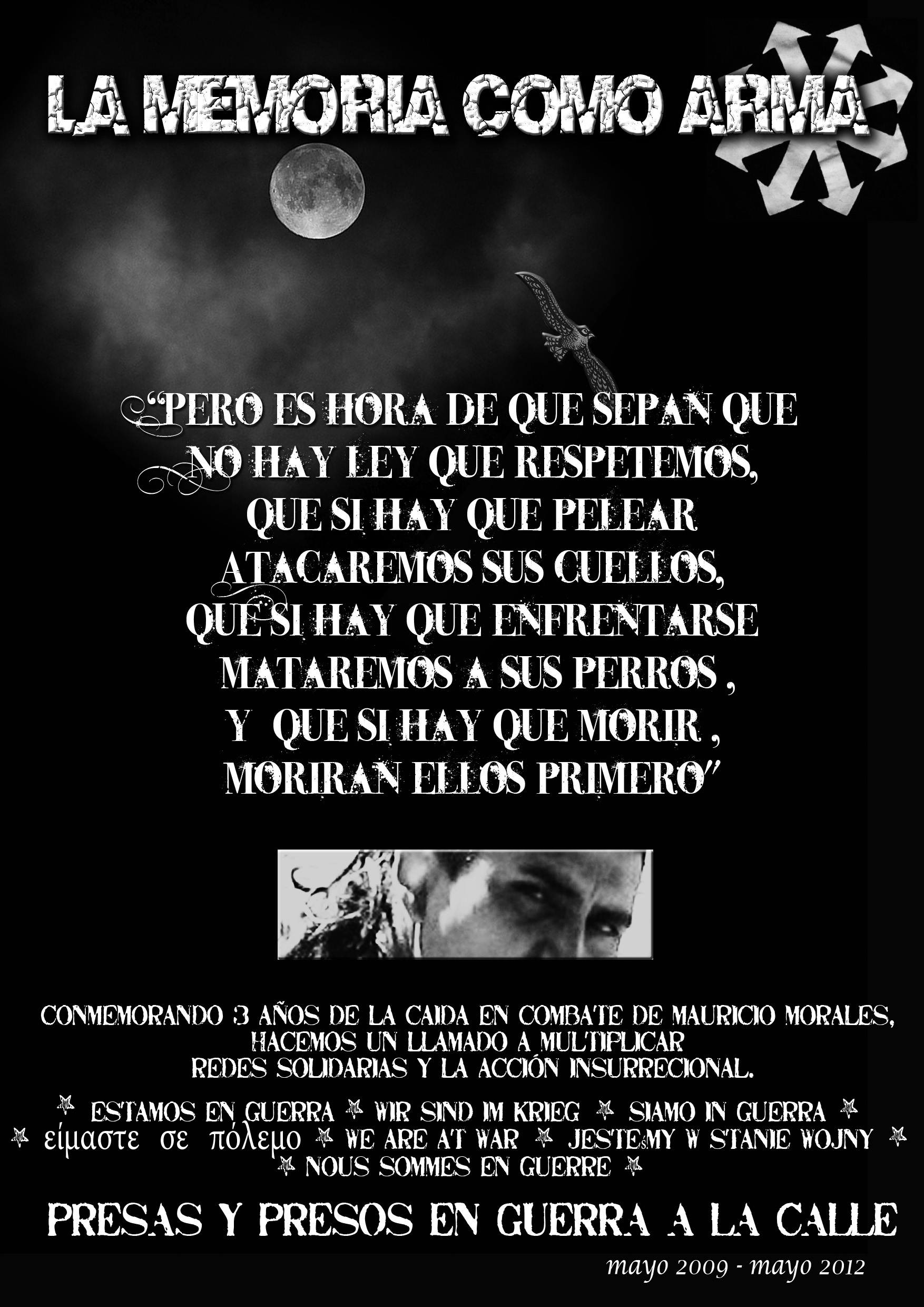(http://karakok.wordpress.com/2012/05/03/1-may-day-turkey-riots-2012/)
https://youtu.be/7ggJhxDHwJ8
https://youtube.com/watch?v=H3A1wQK4sgE&list=PLDB5039AF17BA616F&feature=plpp_play_all
*images:*
http://imgur.com/a/WVUg1
May day to fight againts capitalism and goverment also has historical
advance since 1886 up to day has possed with loudly and colourfull protests
of antiauthoritarian and the others. Beside festive celebrations ,nervy
attack against goverment and capitalism has broken out from Istanbul, Amed,
Dersim (Turkey – Kurdisyan) to Seattle, Oakland, Montreal and Berlin.In Istanbul the preparetions of the celebration started at 7:30 am when
many groups including anarchists,parties.and other formations reached to
the way to Taksim Square . Three distinct cortege departed on sisli
location were including anarhist block,Collective Earth and Freedom, Black
and Red Cortege, Revalutionary Anarchist Action. Meeting at the entry of
the metro station there was a festive cortege created with anthems and
songs broadcasting by a sound system accompanied by drums and trumpets
including, Anarchist block, Animal liberation activists and Freedom to
earth activists behind the placard that ‘we are going to make fire of Banks
,factories, Jails,constitutions, Flags and uniforms. After the departure a
group of activist from anarchist block attacked to the targets of local and
multinational bank and companies on cumhuriyet street such Starbucks,
Burger King, McDonalds, Halk Bank, Is Bank, 2 Garanti bank branches,
Sekerbank, Kuveyttürk, Akbank, Yap?kredi, Defacto, Anadolu Insurance,
Beytem Plaza and the group making way demolishing advertisement boards and
bus stations, shouted slogans that Riot revolution anarchy, Direct action
against capitalism. Neither dictator nor democracy riot destruction anarchy
in Harbiye on the frence of military musium a placard hanged that ‘Fire to
jails freedom to prisoners,Rawin Sterk and Osman Evcan are with us” and
then activists reached the check point and burning the black flags ended
the action . As usual dominant media and liberal left media maked inaccurate
speculations against activists. The city governor declared the threat that
the activiests is going to get haviest punishments.
*Revolutionary Anarchist action*,High School Anarchist action.Anarchist
Womens, Colective 26a as previous year walked as a complete cortege and
behind them the group with name of Disobedients walked with the placard
that “Dont work, eat the boss before the demonstration” the group prepared
a sharing table and distributed manifests and sandwiches.The group walked
to the check points by slogans and by a media declaration ended the
demonstration.
*Black/red cortege* gathered in early time of morning front of the Sisli
mosque on the invitation of earth and freedom collective. After then the
group met to anarchist block and stood here for a while then got the right
side of the road.Later walked to 1 may area and entered.
*Ankara -* During the world worker’s day celebration in Ankara Tandogan
and S?hh?ye area police interfered by gas bombs.In Ankara the celebrations
were held on two distinct area.Police attacked by gas bombs to the
demonstrations of the non governmental organizations like KESK,DISK,Halk
evleri,Doctors union,in S?hh?ye.The workers assambled in early times at the
front of the train station walked S?hh?ye area.After then hundreds of
people wanted to walk to the train station and forced the police
barricade.Polices using gas bomb increased the tension.
*Dersim -* In the 1 may celebration held by unions and policial parties
masses exposed to police terror.Thousand of people gathered on different
points in the city departed to the meeting area by slogans and applause.The
police surrounded the meetin area by barriers the first celebrated may 1
for the workers after then polize wanted to monitorized the masses taking
camera and checking up.After then tension came out between the
demonstrators reacting the aplications and then police attacked by gas
bombs.Clashes broke out between the demonstrators wanted to enter the area
and police.Masses responded the attacks by stones and breaking down the
barriers entered the area.Arter the negotiations between police and
celebration comittee the incidents ended.
*Amed -* After the 1 may celebration held in diyarbakur in baglar
neighbourhood a clash broke out between police and demonstrators.After the
1 may meeting held in station square in baglar neighbourhood dörtyol and
kuru çesme district clashes broke out between demonstrator and
police.Polices interference by armored vehicles demonstrators responden by
sound bombs and molotof coctails.In additional against polices interference
by gas bombs and compressed water to the demonstrators responded by
stones.Groups disbanded at the evening hours.Because of the slogans in the
meeting diyarbak?r republic prosecution office declared to start an
investigation.
*Ankara -* Anarchists participated to 1 may as Ankara anarchy initiative
anarchist-communist collective by a associated pancarte.The cortege reached
300 people by the people who participated after seeing the cortege.After
reached the check point the group didn’t want to be checked by police
that’s why tension rised up between the group and police.The demonstrator
participated the demonstration by a pancarte that ‘we carying a new world
in our hearts and if the heart goes on to puls this fight continue.And
anarchist carried portraid and pictures quoted from many anarchist and
rebellious authors.
*Mersin -* In mersin anarchist walked by slogans iot revolution
anarchy,Neither god nor state.Don’t pray just rebel.With or without money
no education.Don’t cry because of hunger loot the markets .Break the office
free police. Police steep tea .Very low attendance 1 may left behind.
*Izmir -* Anarchist this year participated dye demonstrations by
invitation of black wind by a pancarte that’anarchy is to organize.The
group containing almost 80 persons shouted many slogans entering the area
by black red and black green slogans.
*Bursa -* Anarchist carnaval was in the street this year again by banner
that ‘When the goverment take aim at the life ,the life become a resistance
to government.Anarchist s didn’t want to be checked by police thats why
tension rised up between anarchist and police,demonstration comitee.And
then near the barricade they shouted a slogan that not to trap to the
street ‘ and disbanded.
*videos:*advance since 1886 up to day has possed with loudly and colourfull protests
of antiauthoritarian and the others. Beside festive celebrations ,nervy
attack against goverment and capitalism has broken out from Istanbul, Amed,
Dersim (Turkey – Kurdisyan) to Seattle, Oakland, Montreal and Berlin.In Istanbul the preparetions of the celebration started at 7:30 am when
many groups including anarchists,parties.and other formations reached to
the way to Taksim Square . Three distinct cortege departed on sisli
location were including anarhist block,Collective Earth and Freedom, Black
and Red Cortege, Revalutionary Anarchist Action. Meeting at the entry of
the metro station there was a festive cortege created with anthems and
songs broadcasting by a sound system accompanied by drums and trumpets
including, Anarchist block, Animal liberation activists and Freedom to
earth activists behind the placard that ‘we are going to make fire of Banks
,factories, Jails,constitutions, Flags and uniforms. After the departure a
group of activist from anarchist block attacked to the targets of local and
multinational bank and companies on cumhuriyet street such Starbucks,
Burger King, McDonalds, Halk Bank, Is Bank, 2 Garanti bank branches,
Sekerbank, Kuveyttürk, Akbank, Yap?kredi, Defacto, Anadolu Insurance,
Beytem Plaza and the group making way demolishing advertisement boards and
bus stations, shouted slogans that Riot revolution anarchy, Direct action
against capitalism. Neither dictator nor democracy riot destruction anarchy
in Harbiye on the frence of military musium a placard hanged that ‘Fire to
jails freedom to prisoners,Rawin Sterk and Osman Evcan are with us” and
then activists reached the check point and burning the black flags ended
the action . As usual dominant media and liberal left media maked inaccurate
speculations against activists. The city governor declared the threat that
the activiests is going to get haviest punishments.
*Revolutionary Anarchist action*,High School Anarchist action.Anarchist
Womens, Colective 26a as previous year walked as a complete cortege and
behind them the group with name of Disobedients walked with the placard
that “Dont work, eat the boss before the demonstration” the group prepared
a sharing table and distributed manifests and sandwiches.The group walked
to the check points by slogans and by a media declaration ended the
demonstration.
*Black/red cortege* gathered in early time of morning front of the Sisli
mosque on the invitation of earth and freedom collective. After then the
group met to anarchist block and stood here for a while then got the right
side of the road.Later walked to 1 may area and entered.
*Ankara -* During the world worker’s day celebration in Ankara Tandogan
and S?hh?ye area police interfered by gas bombs.In Ankara the celebrations
were held on two distinct area.Police attacked by gas bombs to the
demonstrations of the non governmental organizations like KESK,DISK,Halk
evleri,Doctors union,in S?hh?ye.The workers assambled in early times at the
front of the train station walked S?hh?ye area.After then hundreds of
people wanted to walk to the train station and forced the police
barricade.Polices using gas bomb increased the tension.
*Dersim -* In the 1 may celebration held by unions and policial parties
masses exposed to police terror.Thousand of people gathered on different
points in the city departed to the meeting area by slogans and applause.The
police surrounded the meetin area by barriers the first celebrated may 1
for the workers after then polize wanted to monitorized the masses taking
camera and checking up.After then tension came out between the
demonstrators reacting the aplications and then police attacked by gas
bombs.Clashes broke out between the demonstrators wanted to enter the area
and police.Masses responded the attacks by stones and breaking down the
barriers entered the area.Arter the negotiations between police and
celebration comittee the incidents ended.
*Amed -* After the 1 may celebration held in diyarbakur in baglar
neighbourhood a clash broke out between police and demonstrators.After the
1 may meeting held in station square in baglar neighbourhood dörtyol and
kuru çesme district clashes broke out between demonstrator and
police.Polices interference by armored vehicles demonstrators responden by
sound bombs and molotof coctails.In additional against polices interference
by gas bombs and compressed water to the demonstrators responded by
stones.Groups disbanded at the evening hours.Because of the slogans in the
meeting diyarbak?r republic prosecution office declared to start an
investigation.
*Ankara -* Anarchists participated to 1 may as Ankara anarchy initiative
anarchist-communist collective by a associated pancarte.The cortege reached
300 people by the people who participated after seeing the cortege.After
reached the check point the group didn’t want to be checked by police
that’s why tension rised up between the group and police.The demonstrator
participated the demonstration by a pancarte that ‘we carying a new world
in our hearts and if the heart goes on to puls this fight continue.And
anarchist carried portraid and pictures quoted from many anarchist and
rebellious authors.
*Mersin -* In mersin anarchist walked by slogans iot revolution
anarchy,Neither god nor state.Don’t pray just rebel.With or without money
no education.Don’t cry because of hunger loot the markets .Break the office
free police. Police steep tea .Very low attendance 1 may left behind.
*Izmir -* Anarchist this year participated dye demonstrations by
invitation of black wind by a pancarte that’anarchy is to organize.The
group containing almost 80 persons shouted many slogans entering the area
by black red and black green slogans.
*Bursa -* Anarchist carnaval was in the street this year again by banner
that ‘When the goverment take aim at the life ,the life become a resistance
to government.Anarchist s didn’t want to be checked by police thats why
tension rised up between anarchist and police,demonstration comitee.And
then near the barricade they shouted a slogan that not to trap to the
street ‘ and disbanded.
https://youtu.be/7ggJhxDHwJ8
https://youtube.com/watch?v=H3A1wQK4sgE&list=PLDB5039AF17BA616F&feature=plpp_play_all
*images:*
http://imgur.com/a/WVUg1

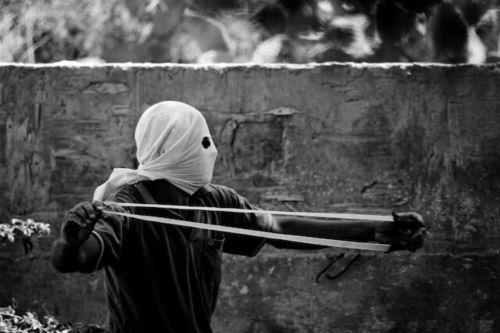






































































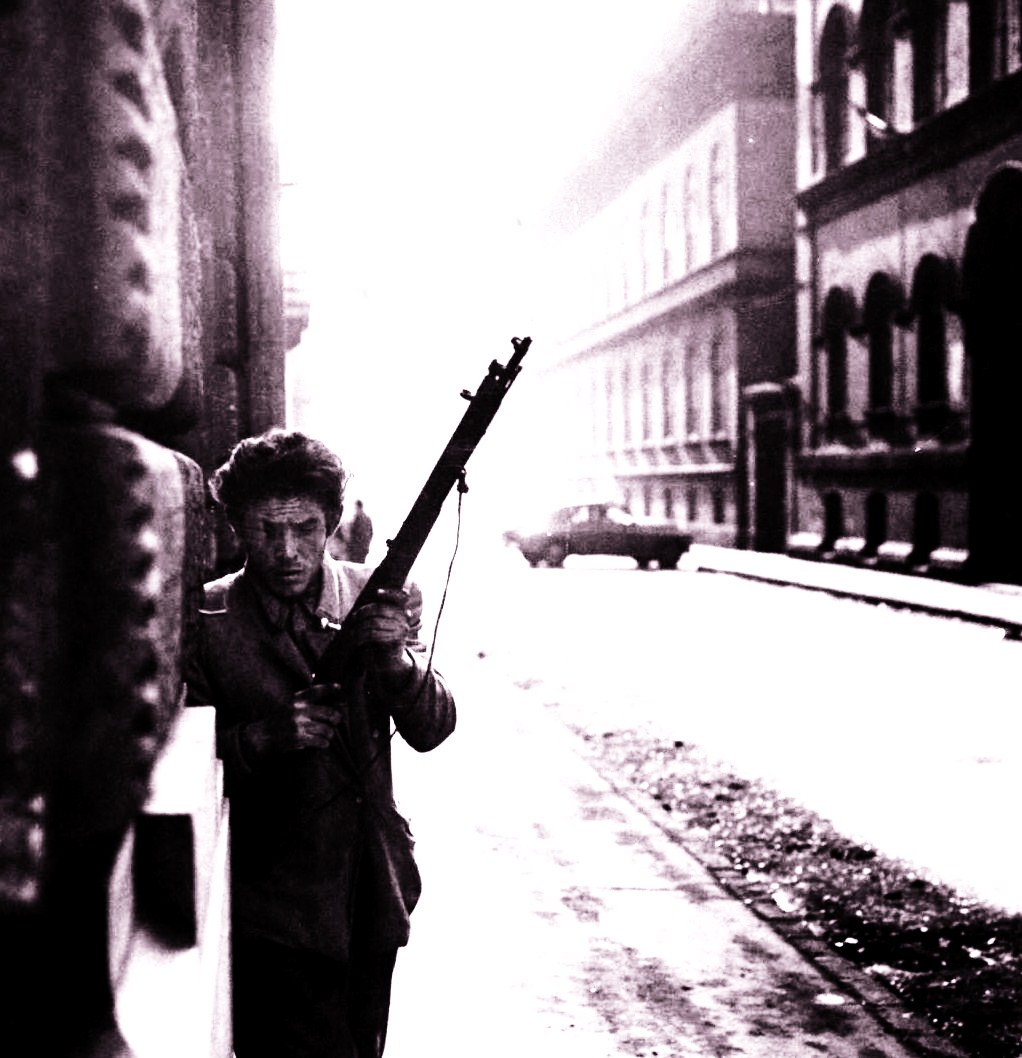
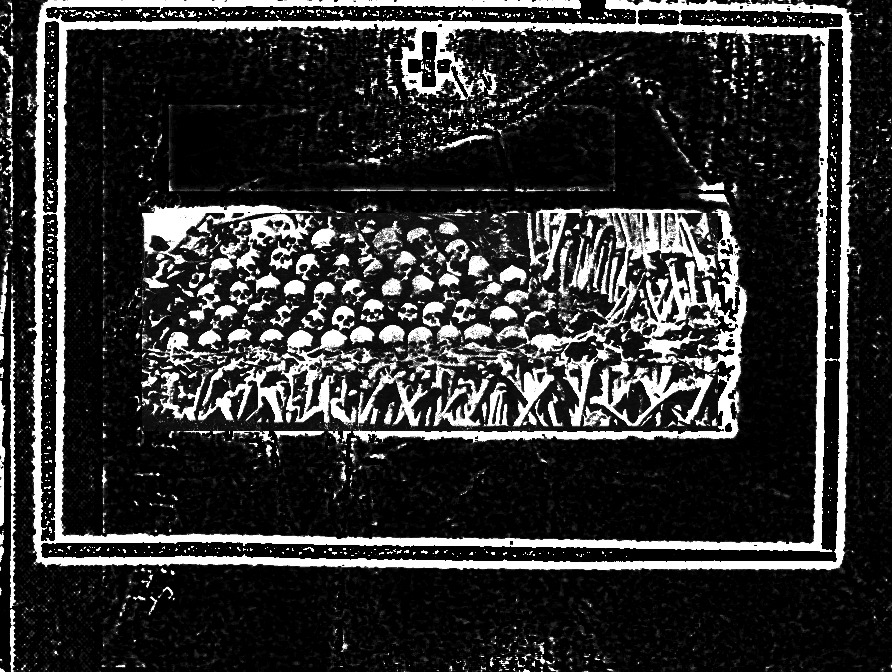




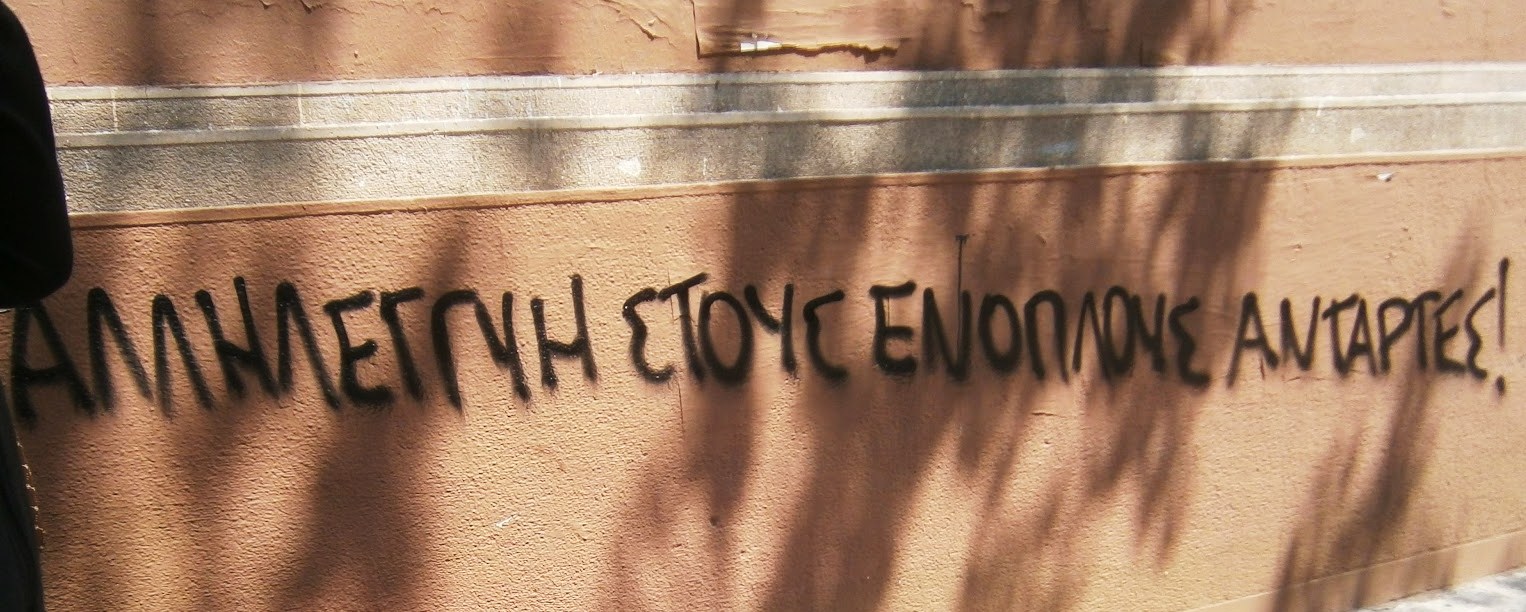

![Eurorepressione - Sulla conferenza a Den Haag sul tema "Anarchia" [corretto]](http://25.media.tumblr.com/tumblr_m0jvngOXtY1qa2163o1_1280.jpg)




![A tres años de la Partida de Mauricio Morales: De la Memoria a la Calle [Stgo.]](http://metiendoruido.com/wp-content/uploads/2012/05/mmacividad.jpg)
